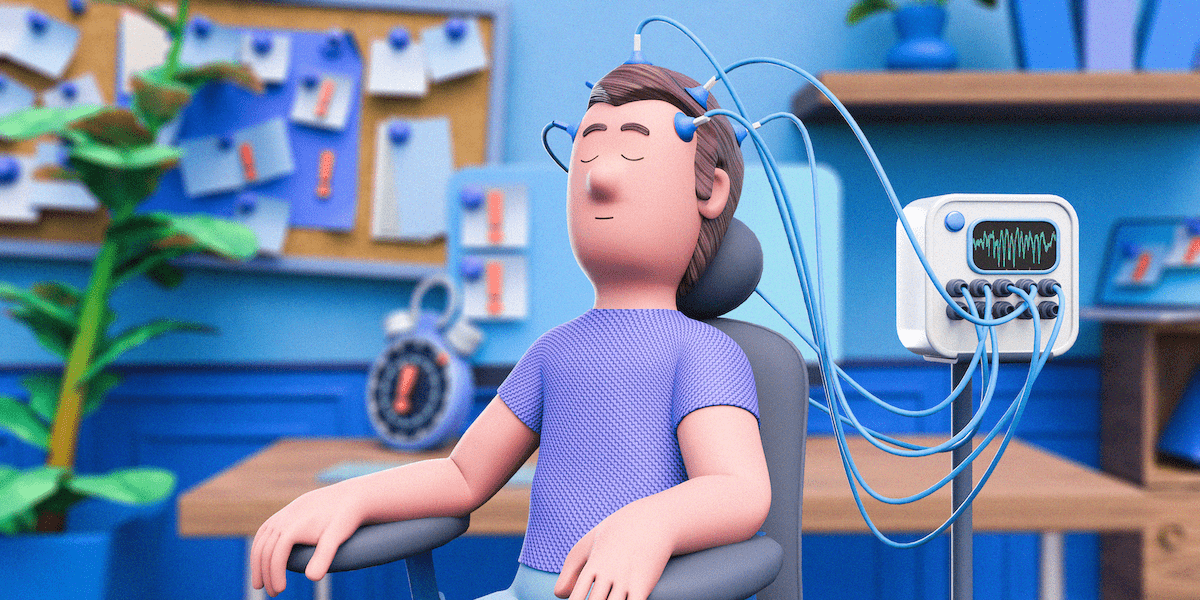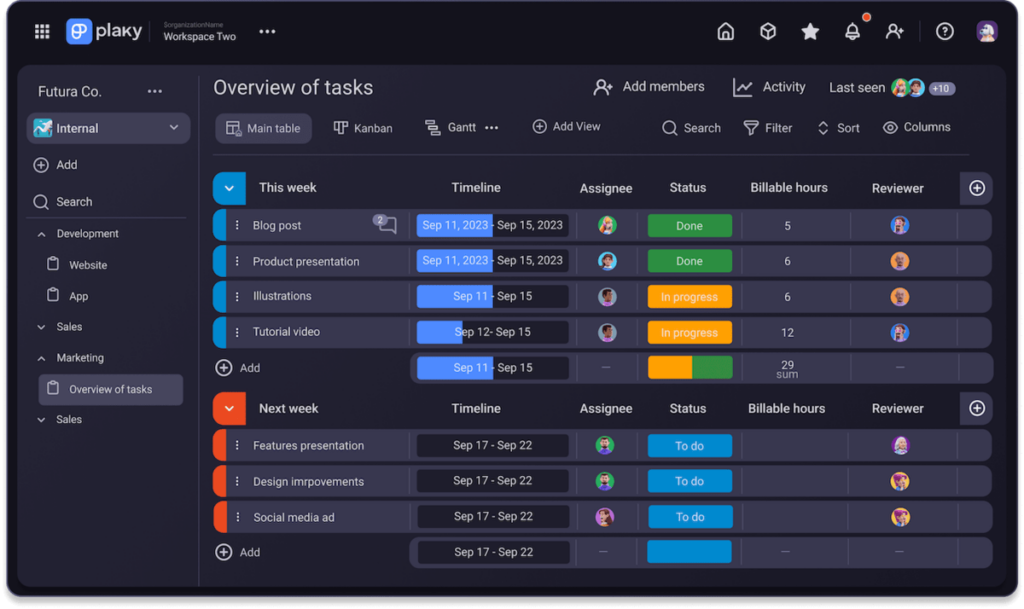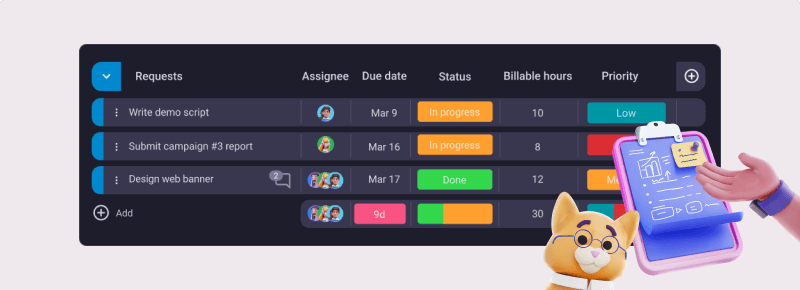When you’re disorganized, it affects your brain. Studies cover this topic in various ways, but all of their conclusions follow the same theme:
Whatever effects disorganization has on the brain — they are not positive.
As for the mechanics of how and why this is, let’s see what exactly the literature has to say.
Note: Like many of the authors of these research papers, I will be taking disorganization to be synonymous with asymmetry and randomness.

Table of Contents
We associate symmetry with happiness
Do you like it when things are properly centered and symmetrically arranged? The answer, for most of us, is yes.
One study shows that we associate symmetry with happiness more strongly than with disgust.
The opposite also holds true — we associate asymmetry more strongly with disgust than with happiness.
Participants in this study used words — in a way — to show their distaste for any kind of imbalance.
Namely, they were first presented with 2 sets of 5 words:
- One relating to symmetry (symmetrical, balanced, straight, aligned, arranged), and
- One relating to asymmetry (jumbled, cluttered, irregular, scattered, crooked).
The words appeared one after another, and people had to connect them to either a happy or disgusted face, as quickly as they could.
But here’s the catch — they couldn’t connect them in whatever way they wanted:
- First, they needed to connect symmetrical words with the happy face and asymmetrical words with the disgusted face.
- Then, they had to do the opposite — symmetry with disgust and asymmetry with happiness.
Do you think you would perform differently between these two tasks?
It turns out that you would. Across the board, participants took longer and made more mistakes with the second task.
Apparently, linking asymmetry with happiness or symmetry with disgust just doesn’t make sense to our brains. We have to expend more effort to do it, and even then, we won’t always be successful.
We associate organization with pleasantness
Turns out, looking at organized pictures makes us feel pleasant.
This revelation comes from a study that used a questionnaire and an electroencephalogram — a test that measures electrical activity in the brain — to measure how our brains respond to different types of pictures.
The pictures used in the study depicted common items (M&Ms, fruit, flowers, etc.), and each item came in 4 different variants:
- Organized (M&Ms sorted by color),
- Slightly disorganized (M&Ms sorted by color, but with a single mismatch),
- Totally disorganized (total chaos, with some M&Ms even being broken for good measure), and
- Control pictures (M&Ms in their natural habitat, in this case, a bowl).
Unsurprisingly, organized pictures were most highly associated with pleasantness, followed by control pictures (less pleasant), slightly disorganized pictures (even less pleasant), and finally, totally disorganized pictures (least pleasant).
In other words, merely looking at disorganized pictures — for example, M&M mismatches and total chaos — causes us to feel unpleasant.
But that’s not all — the electroencephalogram test also recorded noticeable frontal brain activity in response to totally disorganized pictures. Without getting into the technical details of how and why, it seems that mere exposure to disorganized pictures might trigger an urge to rearrange the clutter, which we then have to suppress.
If this is the case, it’s possible that merely being in a disorganized environment could drain our mental resources, kind of like worrying does. I must note, though, that this last bit was just the researchers’ speculation.
Until a different study confirmed it.
Working in a disorganized environment can make us anxious
Apparently, working in a disorganized environment increases anxiety — but it doesn’t affect all people.
It’ll all make sense once we look at the experiment and its results:
Namely, participants in this study had to perform a difficult task (prepare a speech) in cluttered surroundings. However, the study also included tasks designed to measure the participants’ preference for order because — let’s face it — we’re not all equally bothered by clutter.
What the researchers found was that people with a strong preference for order felt more anxious when performing tasks in a disorganized environment than they did in an organized environment.
Meanwhile, participants who didn’t show a preference for order were unaffected by the clutter around them.
So, the more orderly you are, the more anxious working in clutter will make you.
Visual clutter affects our focus and performance
Having visual access to key task information increases our performance, but exposure to too much visual information — i.e. display clutter — instead tanks performance, even when all the information is relevant.
This is the conclusion of a study looking into the ways display clutter affects how we focus our attention. As display clutter increases, performance decreases.
It’s kind of like how in video games, we have HUDs (head-up displays) that constantly provide insight into important metrics such as your health, mana, cooldowns, and minimap. However, if the HUD is cluttered with stats that aren’t relevant enough to keep in sight at all times — resistances, quest logs, item durability, etc. — it just becomes distracting.
The same thing happened to the participants in this study (stock brokers), whose accuracy and consistency dropped when they were trading stocks for which they had more visual information cues displayed (price, volatility, traded volume, etc.).
Randomness (also) increases our anxiety
We like it when things make sense. In fact, it would appear that we like it when things make sense so much that even reading about randomness increases our anxiety.
Let’s walk through this.
You’re a participant in this study, and you’re given 1 of 3 passages to read. The text is mostly the same in all cases — detailing how philosophers and scientists at a Harvard conference have closed in on the “meaning of life” and whether or not it’s being guided by some underlying order. The conclusions, however, are different, and say the following:
- The human mind can understand great complexity, and if we use it to its fullest, we have the capacity to understand how everything makes sense in the grand scheme of things.
- The human mind cannot fully understand how everything makes sense in the grand scheme of things, but we need to trust that it does.
- There is no underlying order or meaning to anything that happens in our lives. No matter how much our understanding of the world grows, some things will never make sense.
How would this make you feel?
The first two passages likely wouldn’t trigger any reactions, whereas the third one would make you more anxious. That’s how the people in this study described their feelings. But even if you don’t put much stock in self-reporting, there’s always the good ol’ electroencephalogram, which recorded high error-related negativity (ERN) in people reading the third passage.
“What’s error-related negativity,” I hear you say.
It’s measurable activity in the brain that happens right after we make an error in a cognitive task. Kind of like how we wince when we experience pain, our brain winces when we make a mistake.
Fun fact: ERN spikes when we make a mistake even if we aren’t aware of making it, although the spike is significantly smaller in these cases.
You will have to deal with disorganization — but there’s a way to make sense of the chaos
Disorganization isn’t exactly experimental physics — something we can only observe through academic literature and lab tests.
I know firsthand what it’s like to not be able to find a document I’m looking for among a dozen binders or to get distracted from work by a cluttered work environment.
And the same goes for virtual workspaces. Who has never needed to pull up a specific email they couldn’t find and ended up filtering and searching through their inbox for hours?
All of this is to say that disorganization is something everyone has experienced in their lives, struggled with, and sought to overcome.
Over the years, we have come up with tons of different ways to combat disorganization. For task and workflow organization, we have come up with organization apps, to-do lists, and daily planners. For physical workspace organization, there are many decluttering techniques like the KonMari method, the Four Boxes method, and so on.
The key is to find a solution that fits your needs. For example, my wife uses daily to-do list templates to keep track of what she needs to do. For whatever reason (perhaps because I’m less organized than her by nature), this just doesn’t work for me.
To stay on top of things and not drown in all the writing, editorial, and publishing tasks, not to mention plenty of messages, I need a simple yet powerful platform that offers transparency and real-time collaboration. Luckily for me, my team uses Plaky which covers all these bases and more.

Even after returning from vacation or sick leave, I can get a grip on the state of the entire team’s current workload at a glance.
I just so happen to prefer how information is presented in Plaky’s default table view, but thanks to its no-nonsense design philosophy, the software also caters to individuals who prefer to organize their tasks in Kanban or Gantt views.
Register a Plaky account and try out all the features designed to improve organizational transparency and provide easy access to all project data to anyone who needs it. Sign up for free now!
Get started with Plaky



